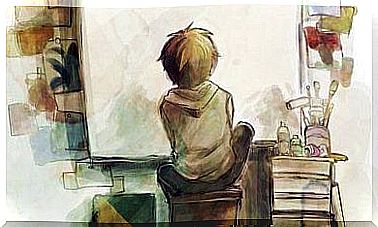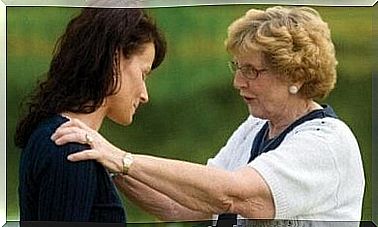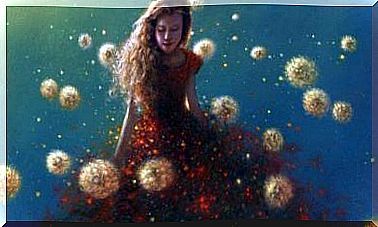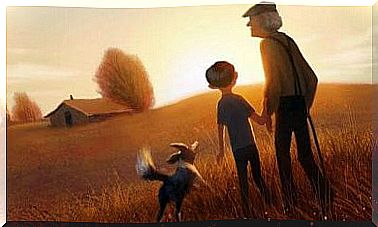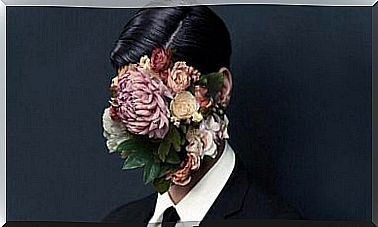Obesity And Television Clichés: Have They Changed?
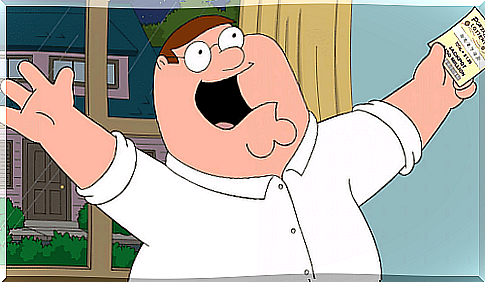
Until a few years ago, obesity was underrepresented on television. The characters of the small screen, in fact, often represent the imposed model of beauty.
Some studies claim that the lack of a model of obesity can cause several problems. In the long run, the invisibility of different bodies can become aversion to overweight people.
Lately, television series have begun to include characters from different ethnicities. But obesity is not part of the current beauty standards and, consequently, overweight people are underrepresented.
What is Obesity?
People suffering from overweight tend to accumulate excess fat tissue. Fat gain obviously leads to weight gain.
In some cases it is possible that the weight gain is due to hormonal factors, such as when suffering from thyroid problems. But obesity is generally caused by a food imbalance.

Excess calories, i.e. those that we ingest but do not consume, are deposited in the body in the form of fat. This allows athletes, for example, to consume large amounts of carbohydrates and fats without gaining weight.
However, people with sedentary lifestyles need to maintain a balanced diet and not exceed energy consumption.
Attention! Studies on obesity highlight the relationship between being overweight and the risk of suffering from cardiovascular disease. Obesity also increases the risk of diabetes, hypertension, cancer, embolism and heart attack.
Weight gain is more evident in the population of industrialized countries where the fast pace of life leaves little time for cooking and eating well. People suffering from dietary obesity prefer quick meals with high sugar content.
Obesity excluded from beauty
Over time, the concept of ideal beauty has changed. At the beginning of the twentieth century, women in the shape of an “hourglass” were considered beautiful. Corsets and busts helped women achieve this figure.
In the postwar period, beauty was synonymous with pale and skinny women. Movie stars perfectly represented this style. Pants, very short hair, black eyebrows and a red mouth constituted the canon of beauty of those years.
Then, throughout the 20th century, beauty was synonymous with thinness. This was true for both men and women, and fashion designed small or medium sizes. Perhaps it was due to the fact that there were not many possibilities to gain weight … The nations that participated in the two world wars experienced periods of scarce food and economic resources.
Obesity excluded from fashion
Even as people began to gain weight, the beauty standard did not change. Thus, the thin woman with a narrow waist and tapered thighs remained a model of beauty for society.
Over time, the fashion industry began to deny “real” bodies. Normal shapes had no place in the world of great designers and even today fashion creates clothes suitable only for those who walk the catwalks.
Beauty on television
Reflections of the fashion industry, television and cinema have kept the same standards of beauty. Since their emergence, the small and the big screen have influenced society. Currently, the audiovisual material offers examples and models for viewers to follow.
Both cinema and television have always avoided showing overweight characters. Obesity was therefore a poorly represented condition. When an obese character appears in a movie or series, he is usually grotesque and a victim of derision.
Even in real life, people suffering from obesity have often been mocked and ridiculed. However, the beginning of the 21st century brought some timid changes to the television industry. The era when obesity was invisible seems to be over.
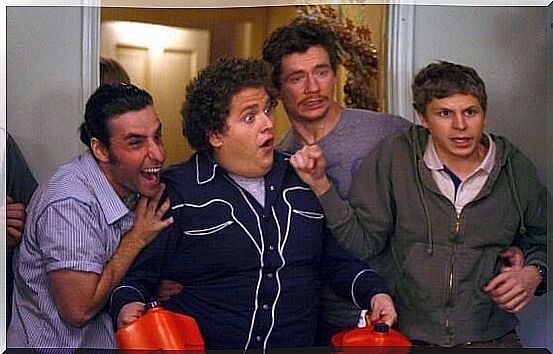
Obese characters, real characters
Television is opening up to diversity. In numerous programs, characters of different ethnicities have appeared, even in the most popular series. Despite this, obesity is still underrepresented.
Although it is increasingly common to see actors with “normal” bodies, many people are against the portrayal of obesity on TV. Doctors, online magazines, and other media and media disapprove of the image of obesity for health reasons.
They claim that obese characters portrayed in a positive light can influence viewers. This makes them believe that being overweight is not a dangerous condition, and they see it as normal.
On the contrary, many producers think that depicting obesity on television is a way to facilitate its inclusion. Obese characters are real, they exist in the world we live in: why not represent them? In order to really talk about equality, it is important to show and accept the diversity of our society.
